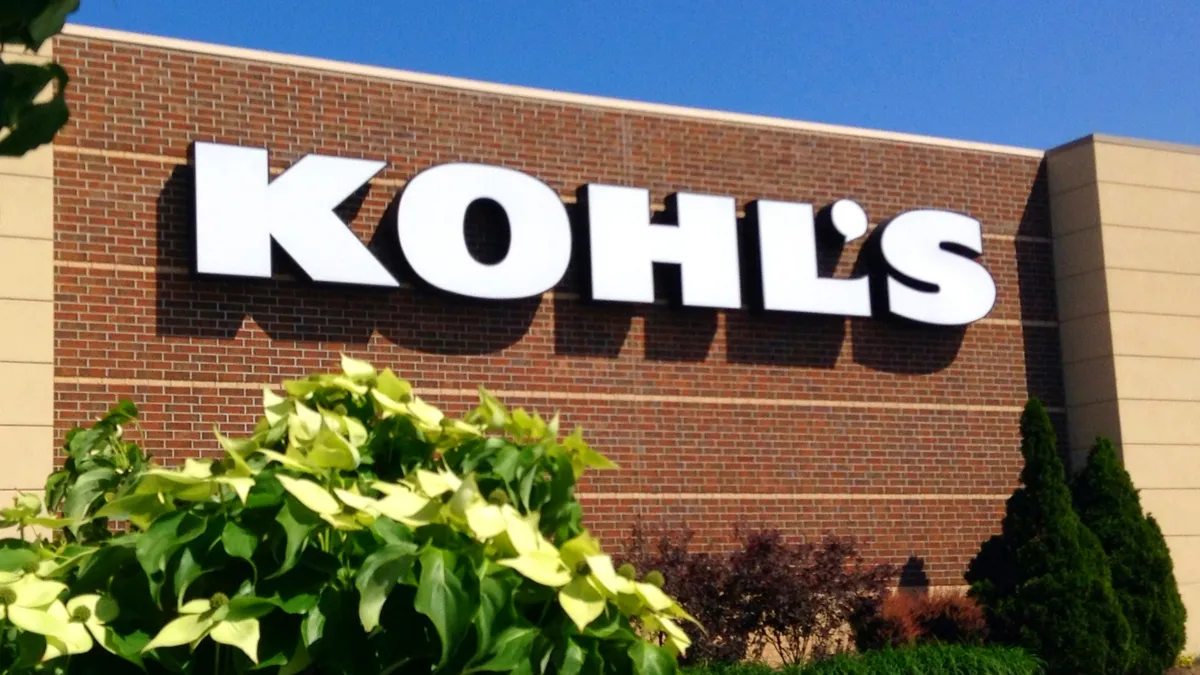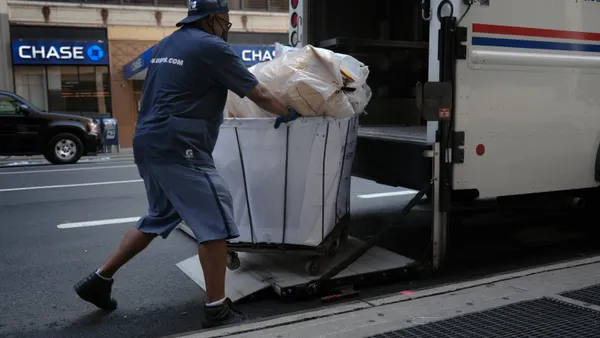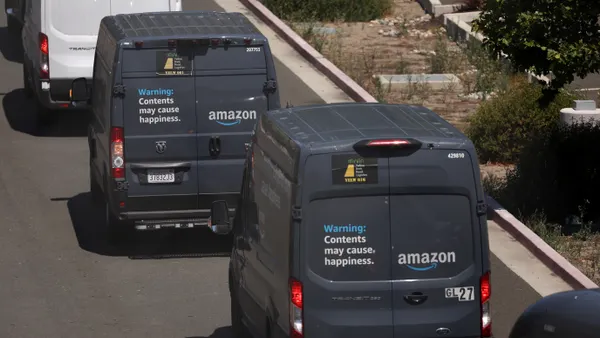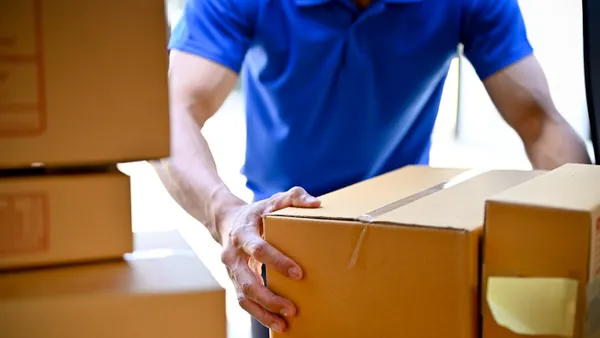This is Patent Pending. Supply-chain-related patent applications are published every day, and this is where we'll talk about the ones that could have the biggest impact on the supply chain and the ones that challenge the norm. We want to give you an idea of where supply chains are heading and what the industry is thinking. Read the previous issue here.
Turning a vehicle-drone duo into a team

Pairing a drone with a vehicle would, in theory, make the last mile delivery process more efficient. The drone would take off from the vehicle with the payload in tow, taking care of longer-distance stops that are otherwise unappealing for route planners.
But remote destinations could make it difficult for a drone to return to the vehicle it's paired with, especially when factoring in the current range limitations of drones, according to a Ford patent application published July 28. "These issues increase in settings where multiple delivery vehicles and fleets of [drones] may be operating," it said.
Ford's application envisions a last mile delivery system in which drones and vehicles can operate without being tied to one specific partner.
"Thus, after dispatching a drone, the vehicle need not wait for the drone or follow the drone to the drone's destination in order for the drone to continue operating."
Through this system, a drone can return to its origin vehicle post-delivery, or fly to another vehicle or a fixed docking station if needed. The option it chooses is based on multiple factors, such as how many deliverable goods a vehicle has left and the vehicle's route path.
The drone also communicates with nearby vehicles its own location and remaining charge, according to the patent.
Read up:
- Drones and delivery trucks could work together, but regulatory hurdles remain
- UPS testing drones that launch from delivery vehicles on routes
- How the case for drone delivery expanded beyond parcels
Dry or refrigerated ocean shipping: Why not both?

Coordinating the logistics of goods with specific temperature requirements — think meats and produce — is already complex. When non-perishable items are part of a company's product mix, efficient shipping becomes even harder, as retail giant Walmart attested to in a patent application published Aug. 4.
Conventional load planning systems don't factor in the possibility that loads could include an order with both dry and perishable goods. Walmart's application proposes a system that provides optimal load and route designs that factor in varied trailer types, instead of a choice between dry and refrigerated loads.
The system could determine the type of pallets (temperature-controlled versus non-temperature-controlled) to be used in an order and figure out how to arrange the pallets in trailers, per the application. It could then design routes to ship the trailer housing the pallets.
The application highlights locales that lean on ocean transportation to receive goods, such as Hawaii or Alaska, as areas that could benefit from this solution.
"Conventionally, route and load plans for a container to carry orders via an ocean vessel can be a complex process and often based on manual input," the application reads. "Such processes can be time consuming due to the complexity of transporting a mix of dry goods and perishable goods in each container subject to delivery route plans."
Fitting a mix of product types on one vessel allows routes to be constructed that minimize costs, which could pay off in the long run — Walmart's application said the number of loads from each distribution center transported via ocean routes can exceed 100 a day.














